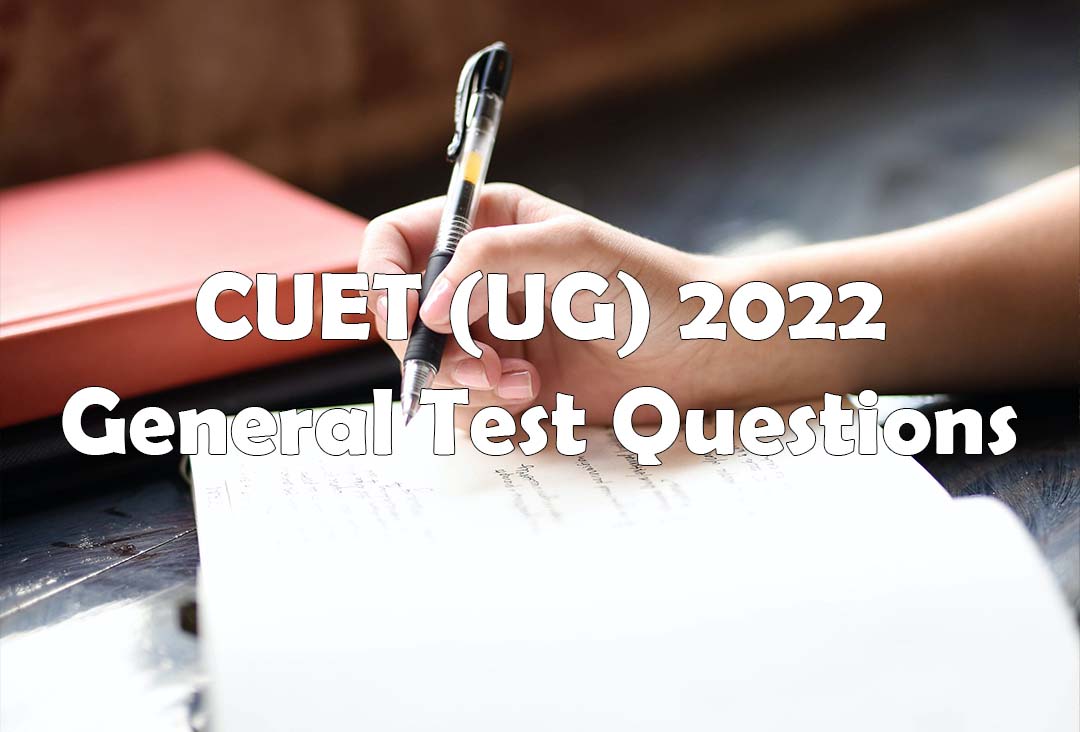In India, the NTA administers the Common University Entrance Exam (CUET), a national entrance test, to candidates for admission to various undergraduate and graduate programmes at Central Universities. Each year, thousands of students from all throughout the nation take the exam. Depending on the course for which a candidate is applying, the CUET exam structure and syllabus may change. The popular CUET test is accepted by many Indian universities and colleges. A candidate’s knowledge, abilities, and aptitude for a particular course or programme are assessed by the exam.
Using the CUET General Test Question Paper of previous year effectively can help you to score high in the exam. Here are some tips on how to use the question paper effectively:
- Familiarize Yourself with the Exam Pattern: The first step in using the question paper is to familiarize yourself with the exam pattern. The question paper contains questions from different subjects, and you need to be familiar with the pattern to answer them accurately.
- Understand the Type of Questions: The next step is to understand the type of questions that are asked in the exam. The question paper contains different types of questions, such as multiple-choice questions, short-answer questions, and long-answer questions. You need to be familiar with each type of question to answer them accurately.
- Practice, Practice, Practice: The more you practice, the better you will get. Use the question paper to practice answering the questions. Time yourself and try to complete the questions within the given time frame. This will help you to improve your speed and accuracy.
- Analyze Your Performance: After practicing, analyze your performance. Check your answers and identify the areas where you need to improve. This will help you to focus on the areas where you are weak and improve your performance.
Entrance Exam Details
As stated by Official CUET Website
Syllabus
- General Knowledge, Current Affairs,
- General Mental Ability, Numerical Ability
- Reasoning (Simple application of basic mathematical concepts Quantitative arithmetic / algebra geometry / mensuration / statistics)
- Logical and Analytical Reasoning.
Total Questions: There are 60 questions total, of which 50 are need to be attempted.

